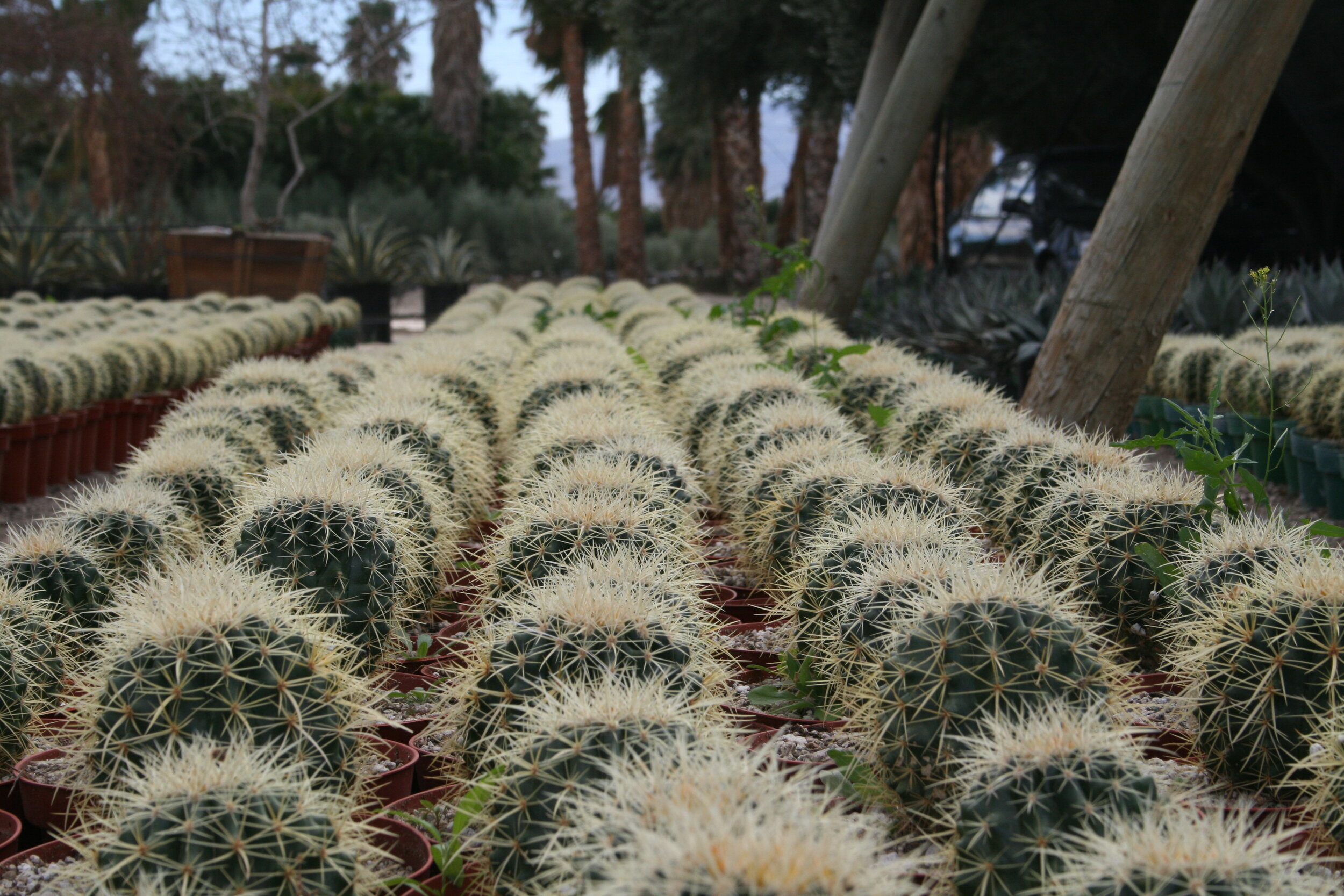Borrego Background
Sand Verbena in bloom ~ 2008 Wm. Lawrence
Borrego Springs is located 85 miles north east of San Diego in the Borrego Valley. The community is surrounded by the Anza Borrego Desert State Park which encompasses 650,000 acres making it the largest state park in the contiguous United States. The geological features seen today are the results of a half billion years of activity. The area was once the floor of an ancient seabed. Volcanic activity was also prevalent in the region and helped define the present landscape.
For tens thousands of years the Borrego Desert has been occupied - the native Cahuilla, Cupeño, Diegueño, and Kumeyaay have called the valley home. These ancient civilizations have left behind evidence of their existence - petroglyphs and pictographs, along with evidence of their everyday lives. The remains of their camps and their art is extremely fragile and is still being examined by archeologists today, in an effort to better understand their culture. The descendants of these first peoples are with us today.
1950's Color postcard view of Borrego Valley grapes ~ author's collection.
Caption: A portion of thousands of acres of the great Borrego Vineyards furnishing the nation with succulent table grapes - Borrego Springs, CA
The first record of a European in the Borrego Valley was 1772, when Lieutenant Pedro Fago of the San Diego Presidio came in search of deserters. He traveled northwest through the present town of Borrego Springs and up Coyote Canyon. This event was related by Kumeyaay Indians to members of the first Anza Expedition, who camped at their village in March, 1774. Juan Batista de Anza was seeking an overland route from Sonora, Mexico to Monterrey, California. He and his party of 25 followed Coyote Creek, ascending Coyote Canyon. They camped the following night at the Cahuilla village of Lower Willows, now known as Santa Catarina.
Cover - Borrego Springs Land Development Co. sales brochure, circa 1952 ~ author's collection
A century following the Anza expedition cattlemen would enter the valley and begin homesteading. In the years before the 1930's the Borrego Valley was one of the most isolated areas of San Diego County. The first well was dug in 1926, supplying a reliable source of water. The discovery of Borrego's underground aquifer would be the catalyst for the agriculture industry and later its development as a resort community. Valley farms provided early crops to San Diego, and the country. Borrego Valley grapes were often first to markets in the East and commanded top prices. The remains of the DiGiorgio Fruit Corporation's table grape vineyards can be seen in the valley today. Grapefruit and other citrus is the main crop in Borrego today.
During World War II the Army and Navy used the desert in and around the Borrego Valley for training. Thousands of troops, under the command of General George Patton, trained in anticipation for battle against the Nazi's in North Africa. Electricity came to the Valley in 1945. Telephone service began in 1947. Following the war, local developers led by A.A. Burnand, began to market Borrego Springs as a desert resort community in an effort to capitalize on the tourism generated by the Park and the climate.
Borrego Springs Land Development Co. sales brochure, circa 1952 ~ author's collection
The mid 1950's would see a critical mass of development (much of it rooted in the mid-century desert esthetic) that would shift the valley from agriculture to resort community.
Borrego Springs of the 1950's was also a favorite hideaway for Hollywood stars who wanted to escape and
relax, including Marilyn Monroe, Bing Crosby, Leo Carrillo, Burgess Meredith, Gale Gordan (Borrego's Honorary Mayor for many years), Will Rogers, John Wayne, James Arness and Frank Morgan (the Wizard from the "Wizard of Oz" who laid out the Morgan Manor development).
For more information on the history of Borrego Springs, see the Resources section.





